Fill our form to download your free research report, written by Dr Mark Hawker.
Leading Falls Management Expert Launches Safeguarding Initiative for Local Community
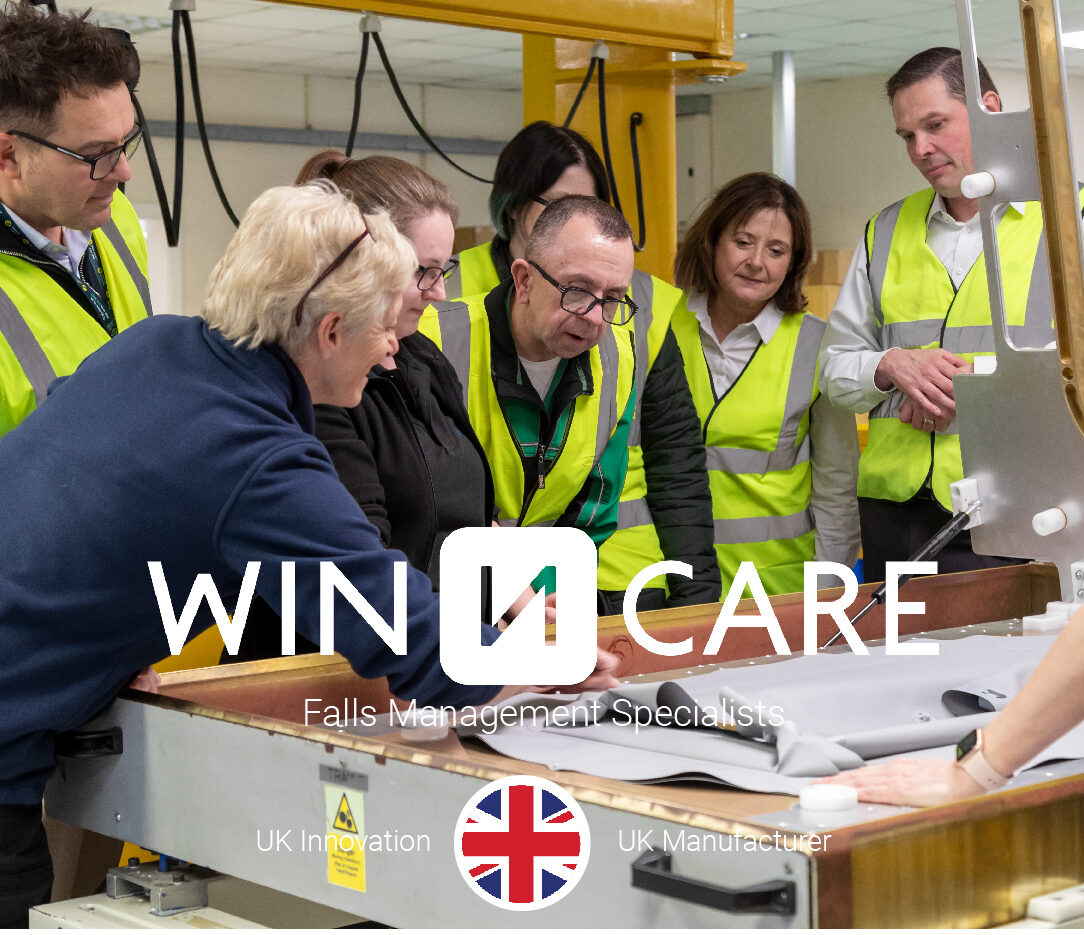
Leading Falls Management Experts, Winncare, has launched a community safeguarding initiative in Presteigne, Powys. The objective is to improve the outcome of elderly fallers in the local area by decreasing ambulance wait times, reducing the occurrence of long lies (the time a faller lays on the floor waiting for help to get up) and minimising potential injuries to the care giver.
To achieve this, Winncare are donating two Mangar Lifting Cushion Community Boxes which will be placed in community areas where falls commonly occur, such as high streets, leisure venues and community centres.
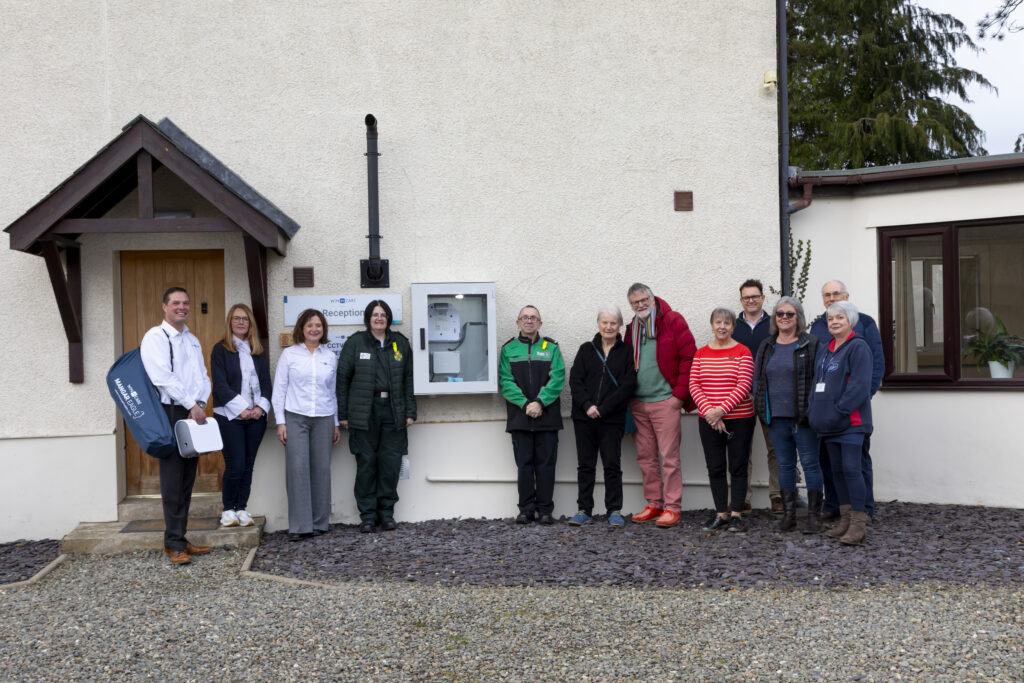
The Community Boxes will be positioned on the East Radnorshire Day Centre and the Winncare manufacturing facility situated in Presteigne. The Community Chests will contain the Mangar Eagle Lifting Cushion, the Airflo 24 Compressor, quick start instructions and access the post fall assessment tool, ISTUMBLE®.
Working in collaboration with community groups, volunteers will be trained to use the lifting equipment and assess a faller using ISTUMBLE® to ensure people who fall are lifted quickly and safely.
At the heart of this project is the requirement to safeguard the local community. Falls are a common and serious concern for older people and their care givers. The outcomes for the elderly and vulnerable waiting for the ambulance service to support can be critical. When someone is on the floor for an hour or more it is categorised as a ‘long lie’ and current ambulance wait times are currently averaging around 4 hours, but often longer.
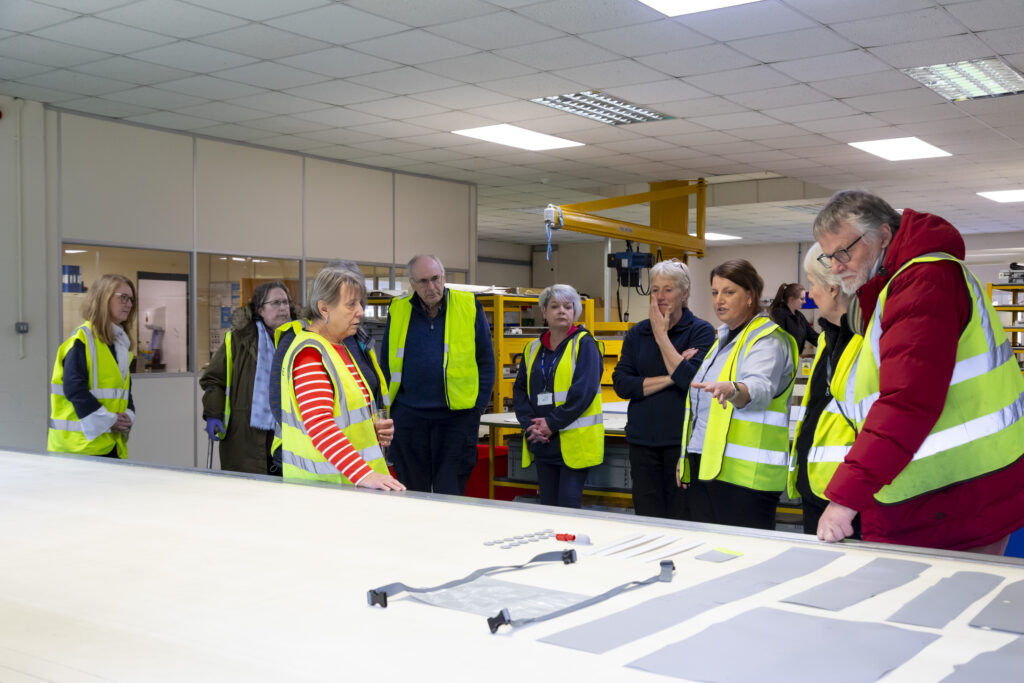
Simon Claridge, CEO, Winncare, said, “This initiative is very personal to us. We’re honoured to be providing a falls solution to the local community of Presteigne , where we’ve been manufacturing for more than 40 years. Our aim is to promote best practice in falls management, while reducing the impact on an already very busy NHS.”
The Mangar Eagle Lifting Cushion can be used to lift someone from the floor wherever they fall, wherever it’s outside or indoors in a tight space. It can lift a faller weighing up to 35 stone (220kg).
If you’re interested in finding out more information or would like to discuss a similar project in your local area, please contact Daniel.colclough@winncare.uk.
Supporting Safe Moving and Handling of Someone With a Suspected Hip Fracture
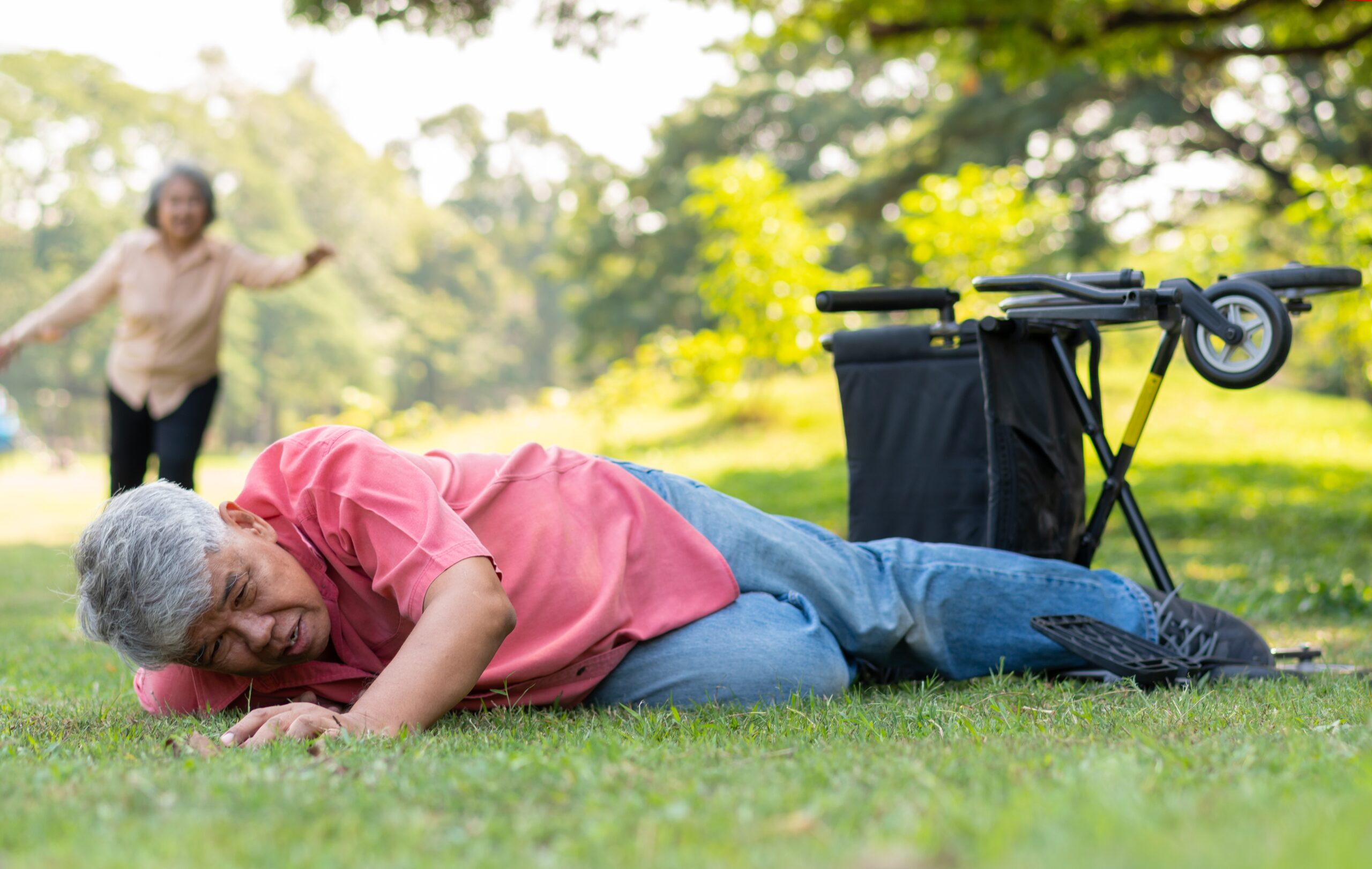
In this blog, we look at the intricacies of safely assisting someone with a suspected hip fracture. From the initial assessment to the crucial moments of lifting and transfer, we consider some key techniques that healthcare practitioners should employ to ensure the utmost care and minimal risk for the patient. Alongside these techniques, we consider how the Mangar Swift Transfer Slide and Mangar Rhino Lifting Cushion are essential to the teamwork needed to move someone safely after a fall.
The saying ‘time is of the essence’ holds particularly true when an older person has fallen and cannot get off the floor. This is because of the complications that can arise when an older person remains immobile for an extended period where they have fallen, including an increased risk of pressure sores, muscle stiffness, and the longer-term psychological consequences of a long lie. So, taking swift action to provide timely assessment and intervention can significantly improve the chances of successful treatment and recovery.
The specific technique used to move a person with a suspected hip fracture who has fallen will depend on the situation. Below, we explore some general principles, including the supporting role of the Mangar Swift Transfer Slide and Mangar Rhino Lifting Cushion.
Call for Assistance.
- Ensure you have adequate help available. Lifting a person with a suspected hip fracture often requires a team of trained individuals.
Assessment and Communication.
- Assess the person’s condition and gather information about the suspected hip fracture. It is important to communicate with the person to understand their pain level and any movement restrictions.
Use Proper Moving and Handling Techniques.
- Follow established guidelines for safe moving and handling techniques, including using proper body mechanics to protect your back and joints. The benefit of the Mangar Swift Transfer Slide is that where it is safe to do so, the person can be moved from a confined area so that you can then adopt the appropriate posture to move and handle the person safely.
- If a lifting device is available, use it according to the manufacturer’s instructions. At Wincare, we have designed the Mangar Swift Transfer Slide and Mangar Rhino Lifting Cushion to be simple and intuitive to use, even in the most pressurised and demanding of situations.
The equipment is also lightweight and easy to store, making it the ideal lifting device for those care homes or ward areas where the storage of moving and handling equipment is at a premium.
Stabilise the Injured Hip and Maintain Proper Alignment.
- If possible, stabilise the suspected fractured hip using a splint. If this is not possible, it is critical to provide support to minimise movement and keep the person’s body in a straight line during the lift to avoid unnecessary twisting or bending. The Mangar Swift Transfer Slide and Mangar Rhino Lifting Cushions lift the person in a supine position, helping to keep the body in a straight line and reducing unnecessary bending or movement of the hip.
Coordinate Movements and monitor for discomfort.
- Plan the lift with the team, ensuring everyone is aware of their roles and responsibilities. Lift the person smoothly and in a coordinated manner to avoid sudden movements and continuously assess the person for signs of increased pain or discomfort during the lifting process. The Mangar Swift Transfer Slide and Mangar Rhino Lifting Cushion have been designed to inflate to minimise unnecessary movement, thus providing a more comfortable lifting experience.
Transfer to a Stretcher or Bed
- Once lifted, transfer the person to a stretcher or bed with caution, using proper transfer techniques. Using the Mangar Rhino Lifting Cushion in combination with the Mangar Swift Transfer slide means the person can be lifted to the appropriate height, and then moving and handling forces are minimised as the person is assisted in sliding across from Rhino to the stretcher or bed.
In this blog, we’ve considered the advantages of safely moving a person with a suspected hip fracture. Guided by the correct principles and moving and handling techniques, including using devices such as the Mangar Rhino Lifting Cushion Mangar Swift Transfer slide, it can enhance overall care and outcomes for individuals with a suspected hip fracture from a fall.
Experts In Falls Management Launch New Generation Post Falls Assessment App, ISTUMBLE®
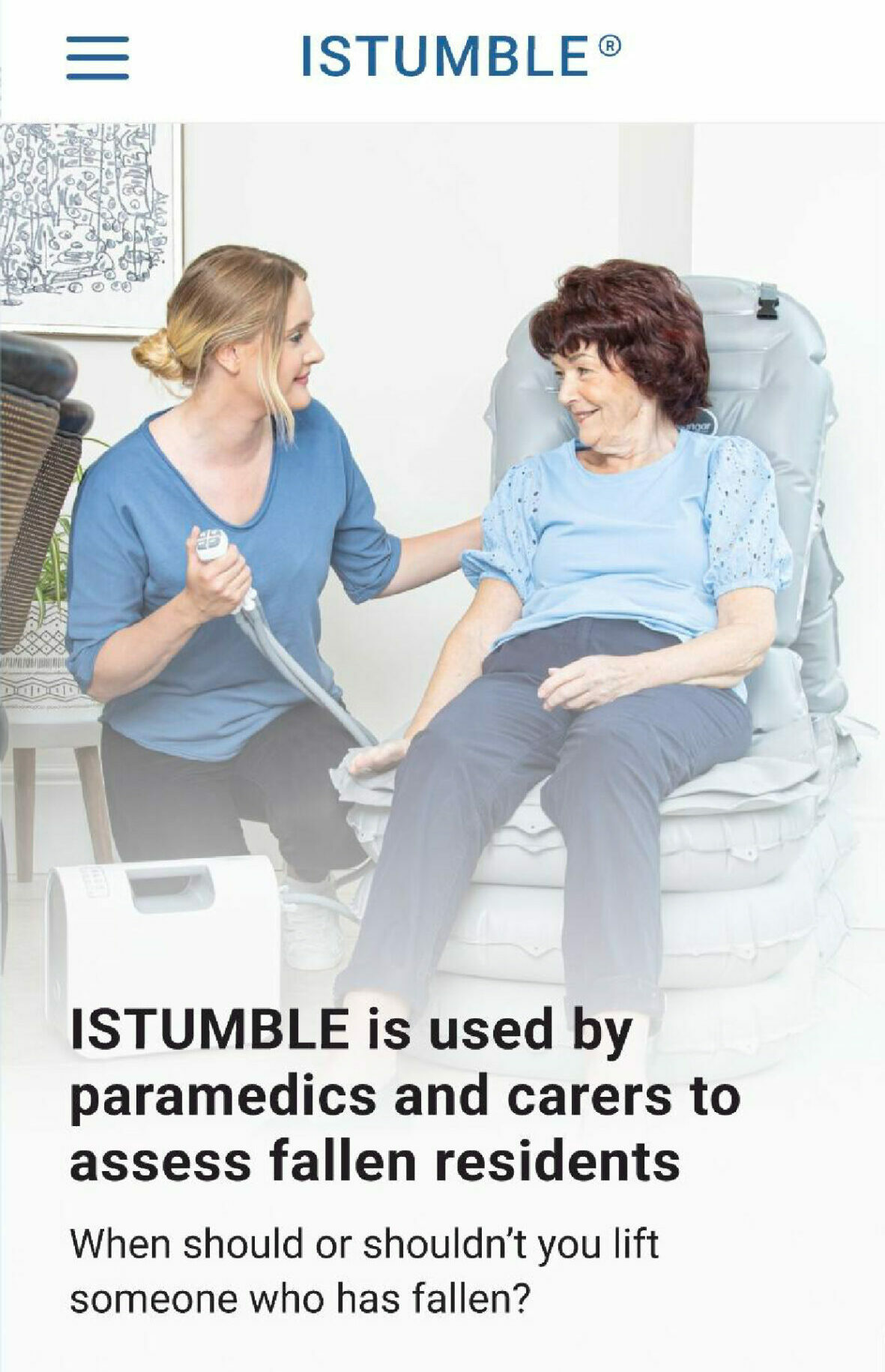
Leading falls management experts, Winncare, has launched a new release of their Post Falls Assessment Tool, ISTUMBLE® 2.0 app. This exciting development has seen a full design overhaul, resulting in a much-improved user experience supported by DTAC compliance. Used widely in care homes, the app now enables users to record information around each fall they support, which is ideal for busy carers working in high pressure environments.
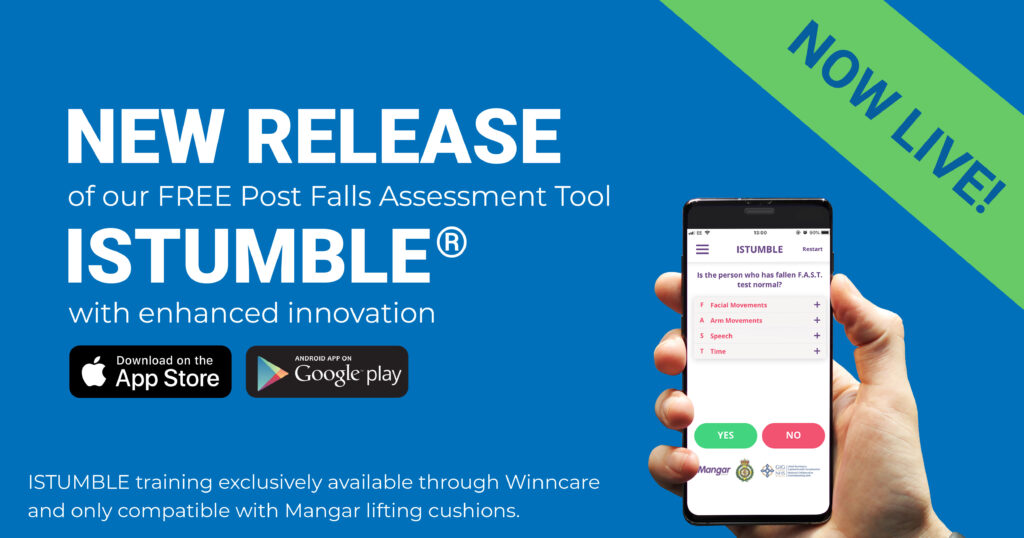
Originally developed in partnership with the Welsh Ambulance Service, ISTUMBLE® 2.0 is used to determine the appropriate course of action in the occurrence of a fall.
5 million people will fall every year and ISTUMBLE® 2.0 empowers care givers to make good decisions around when to lift a faller or when an ambulance callout is necessary. The demand on the ambulance service increases considerably over the winter period and wait times for non-urgent callouts can average 3 hours or more.
The ISTUMBLE® algorithm has shown to reduce the length of time that a person is left on the floor and hospital admissions. This minimises the potential devastating effects of a long lie, decreases the amount of unnecessary emergency calls and reduces transfers on to acute care.
Now DTAC compliant, the app has been rigorously tested for both clinical risk and digital security. It is a nationally recognised tool and has already had over 140,000 downloads. It is also accredited by Orcha for use within the NHS.
Simon Claridge, CEO at Winncare UK, said, “We’re delighted with ISTUMBLE® 2.0. We know users will be pleased with the improved functionality and enhancements of the original app. We continue to be dedicated to improving the health outcomes of people who have experienced a fall and working in close partnership with the emergency services to achieve our joint goal.”
ISTUMBLE® 2.0 is available and free to download on the Apple Store or Google Play Store. If you require any further information or interested on how you can have your own bespoke ISTUMBLE® app with tailored customer-specific features, please contact Daniel.colclough@winncare.uk.
Case Study – Putting the Client at the Centre of the Care They Receive
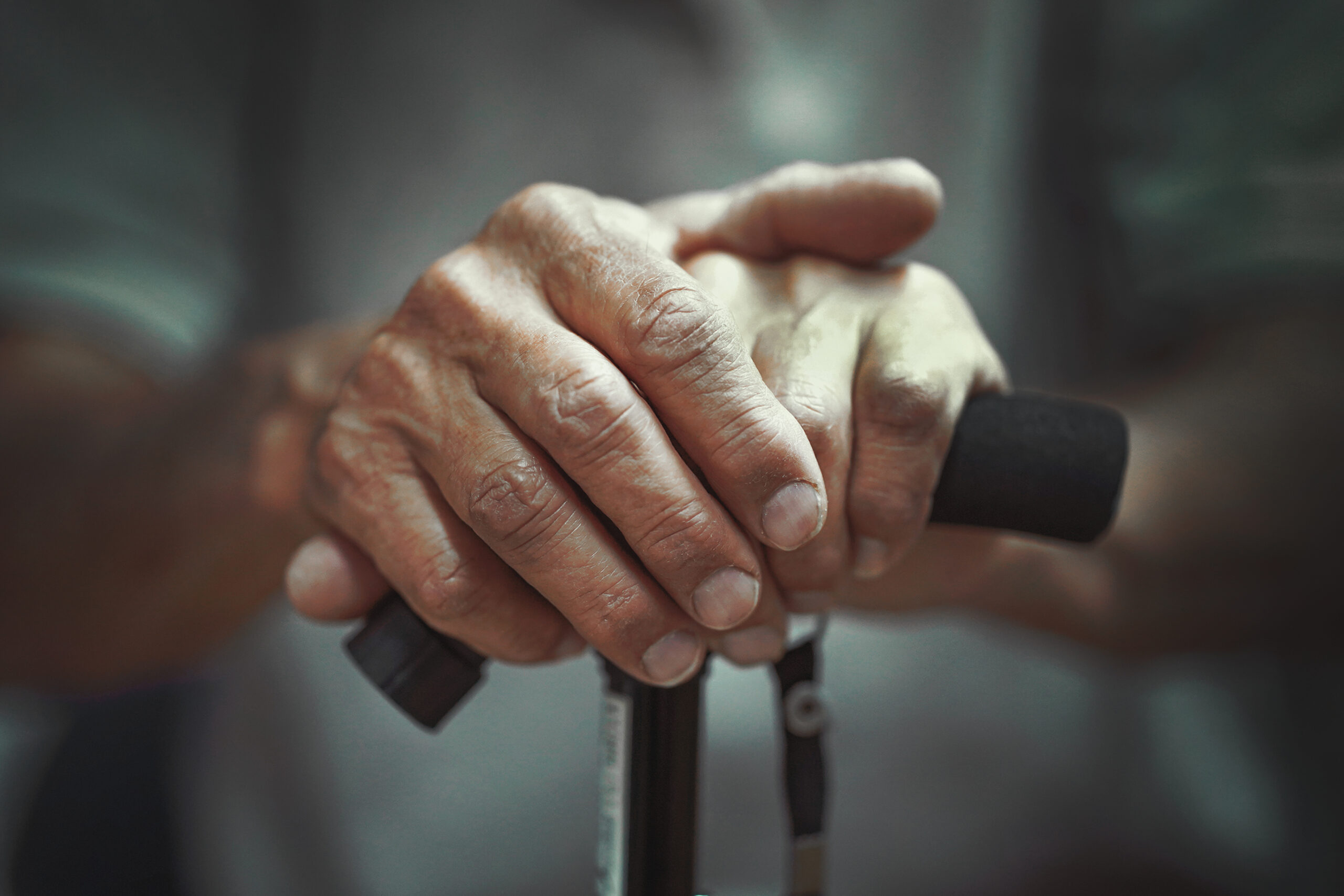
When working in a collaborative role with clients, it is important that dignity and control remain with them and that their choices about how they are looked after are at the centre of the care process. Clear written and verbal communication of their choices are vital to providing the client with the emergency care required, this is especially important for clients whom cognitive abilities are deteriorating.
This is demonstrated clearly in the case below,
Client: 91-year-old male, Alzheimer’s and prostate cancer diagnosis. 5ft 7”, weighing less than 50 kgs. Very frail, with significant skin integrity concerns. He lived in his own home with support.
Fall history: the client had been losing muscle bulk and associated strength for approximately past 12 months after lifelong good health. His first fall happened in December 2022, at which point he was able to get himself up off the floor as his number of falls increased to once a month between January 2023 and May 2023, he was still managing to get up, however he was beginning to struggle more.
After a serious UTI, which ended in hospitalisation, the client fell a couple of times a week and needed support to get up again.
Carer: The primary carer was his 63-year-old daughter, who was supported by daily visits from professional carers and a call alarm system, which had a team who would visit in emergencies.
Lifting equipment: The family had discussed the use of falls equipment and following an assessment had purchased an Eagle lifting cushion, which they used regularly and easily to pick up their father when he fell. The Eagle worked well and the client had been using it for over a year, he knew how it worked, he felt comfortable, well supported and confident how it was used to enable him to get up safely off the floor.
Significant fall event:
In August 2023 the professional carer arrived at the patients home to find he had fallen out of bed during the night. The client was confused, tired but uninjured. The carer called the alarm team for support before calling the daughter to notify her of the event.
When the daughter arrived, the alarm team member was already there and beginning a lift using the Raizer lifting chair, he was showing agitation as it was not his usual equipment and was confused about what was happening.
She became increasingly worried as her father started to cry out in pain, stating his bottom hurt because the Raizer seat was very hard and rubbing on his fragile skin.
He was trying to tell the emergency care worker that he felt he was falling through the chair, felt very insecure and was in considerable pain, however, was not listened to, causing significant distress to himself and his daughter.
Although the client was on the floor and needed to be assisted to get up as there was no apparent injuries, the care team had reacted without asking how the client got up in the past.
Outcomes
- The care team must always use the Eagle provided on site to pick the client up.
- The onsite care notes clearly indicate the Eagle must be used in the future.
- Both the care team and the emergency lifting team have notes on file about using the Eagle.
Conclusion
Client choice is critical, in this case, he had purchased an Eagle, as it provided the necessary support to provide the confidence in the equipment needed, comfort to reduce friction and shear on his delicate skin, back support to negate the need to be able to maintain trunk control and he knew the Eagle could fit into tight spaces if he fell awkwardly.
Notes
- Lifting cushions are inflated using a compressor and provide a comfortable, secure lift for patients with limited muscle/fat content and fragile skin.
- Inflatable cushion instantly reduces risk of developing pressure sores.
- The Eagle cradles as it lifts.
- Built-in backrest supports back, shoulders, neck and head.
- Feel supported from head to toe.
- Inflation speed can be controlled for cushion and backrest –so decreasing risk of postural hypotension.
- Patient can stay seated for as long as needed to recover before standing.
Experts In Falls Management Launch New Generation Post Falls Assessment App, ISTUMBLE®
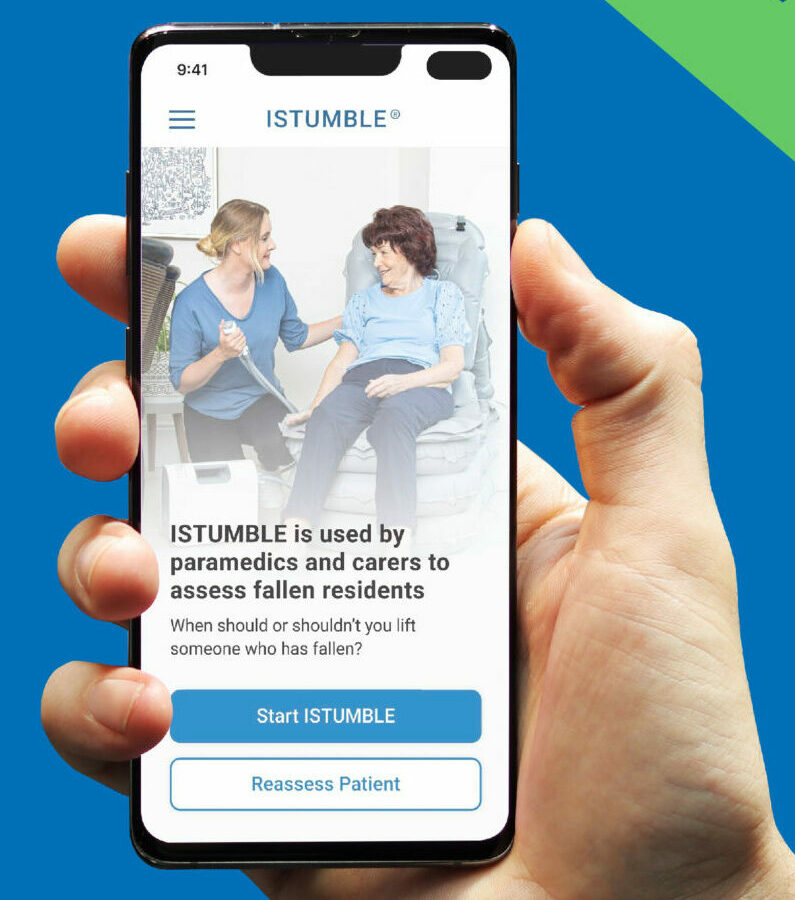
Leading falls management experts, Winncare, has launched a new release of their Post Falls Assessment Tool, ISTUMBLE® 2.0 app. This exciting development has seen a full design overhaul, resulting in a much-improved user experience supported by DTAC compliance. Used widely in care homes, the app now enables users to record information around each fall they support, which is ideal for busy carers working in high pressure environments.
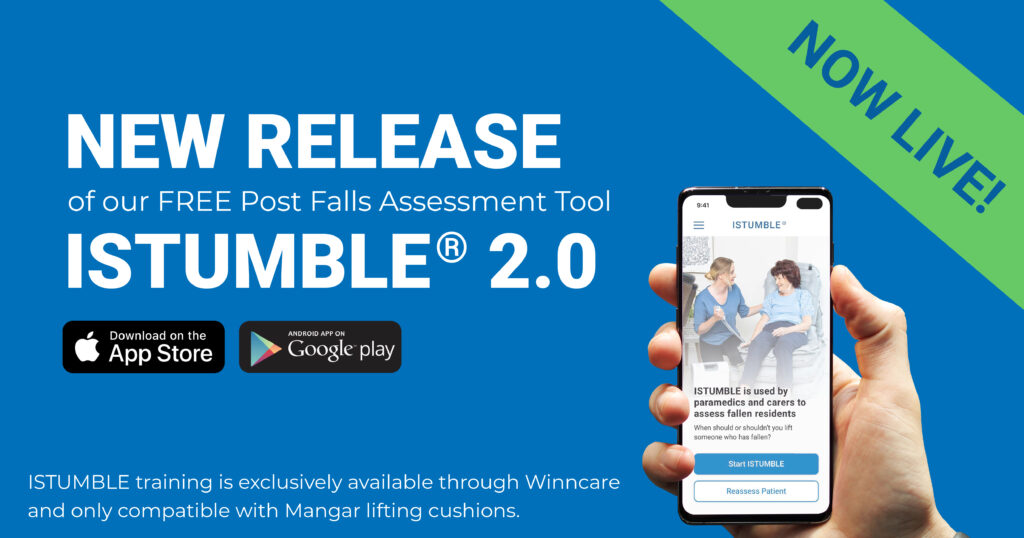
Originally developed in partnership with the Welsh Ambulance Service, ISTUMBLE® 2.0 is used to determine the appropriate course of action in the occurrence of a fall.
5 million people will fall every year and ISTUMBLE® 2.0 empowers care givers to make good decisions around when to lift a faller or when an ambulance callout is necessary. The demand on the ambulance service increases considerably over the winter period and wait times for non-urgent callouts can average 3 hours or more.
The ISTUMBLE® algorithm has shown to reduce the length of time that a person is left on the floor and hospital admissions. This minimises the potential devastating effects of a long lie, decreases the amount of unnecessary emergency calls and reduces transfers on to acute care.
Now DTAC compliant, the app has been rigorously tested for both clinical risk and digital security. It is a nationally recognised tool and has already had over 140,000 downloads. It is also accredited by Orcha for use within the NHS.
Simon Claridge, CEO at Winncare UK, said, “We’re delighted with ISTUMBLE® 2.0. We know users will be pleased with the improved functionality and enhancements of the original app. We continue to be dedicated to improving the health outcomes of people who have experienced a fall and working in close partnership with the emergency services to achieve our joint goal.”
ISTUMBLE® 2.0 is available and free to download on the Apple Store or Google Play Store. If you require any further information or interested on how you can have your own bespoke ISTUMBLE® app with tailored customer-specific features, please contact Daniel.colclough@winncare.uk.
Falls Service Pilot Scheme Launches In Shrewsbury
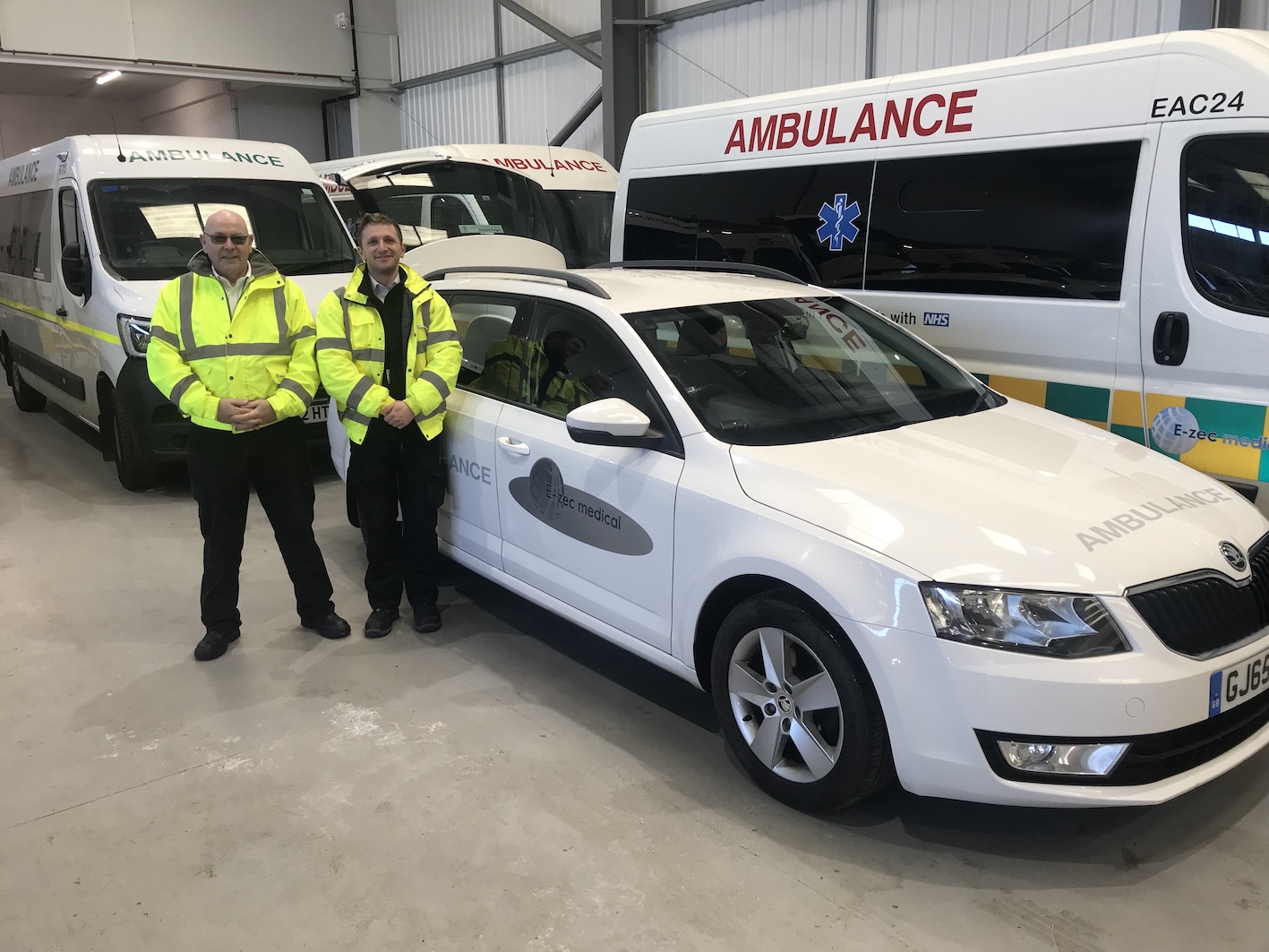
Sourced from: https://e-zec.co.uk/falls-service-pilot-scheme-launches-in-shrewbury/
This week sees the launch of our exciting new pilot service aimed at helping to reduce demand on frontline ambulance services, to ensure patients are seen in an even more timely manner.
Our new 24-hour ‘falls’ service has been launched from our Shropshire contract, where our trained staff can quickly attend and assist patients who’ve suffered a minor fall. Supported by the local ICB, this service is intended to drastically lower the time that service users are left lying on the floor and needing attention, while in turn helping to reduce the strain for frontline medical staff and enable them to prioritise life-threatening and high-priority category 1 calls.
Mark Rawlings, Midlands Regional Manager at E-zec, said: “We’re all aware of the current pressures that frontline paramedics are facing across the UK, and of the fact that many people who have fallen can be left for hours before being seen.
“Having to prioritise care is extremely challenging. While many people who fall don’t necessarily need to go to hospital or need medical care straight away, longer waiting times often mean that by the time they are seen, their care needs have escalated to a point of needing to be treated in a hospital or by paramedics. This pilot service aims to address this, reduce pressures, and ensure that those who need care are seen quickly.”
E-zec’s Shrewsbury hub is helping to bridge this gap, with 16 Ambulance Care Assistants (ACAs) qualified in the Falls Response, as well as being fully trained on standard lifting procedures and care.
Mark added, “We’ve invested in specialist training and lifting equipment to quickly step-in and support vulnerable service users who have suffered a fall, which will in turn help to prevent avoidable hospital admissions. Our two-person crew will attend falls, undertake a thorough risk assessment of the situation using the well-recognised ISTUMBLE assessment tool, and determine whether the patient can be supported back to their usual position, or whether they do in fact need medical attention from the frontline NHS. In the case of the latter, we can make them as comfortable as possible while waiting for NHS staff or help to transport them to the nearest hospital.”
Our specialist 4×4 vehicles also have all the necessary lifting equipment including a Mangar Elk Lifting aid – training for which was delivered by Wincare.
Wayne Spedding, Relationship Director at E-zec, commented: “We’re delighted to have launched this pioneering trial in our Shropshire bases. We truly believe that this will provide a long-term solution to the communities we serve – both those who have fallen and who may not be prioritised until their condition has escalated, as well as frontline NHS workers who are feeling the strain of such high demand.
“The service – if rolled out nationally – would significantly help to reduce many avoidable hospital admissions, and ensure those who are most in need of urgent frontline care are prioritised and cared for quickly.”
E-zec Shrewsbury has collaborated and integrated with the local Rapid Response Team via Shropdoc to introduce this trail service.
Herida Medical Acquired by Winncare, Leading International Medical Device Company
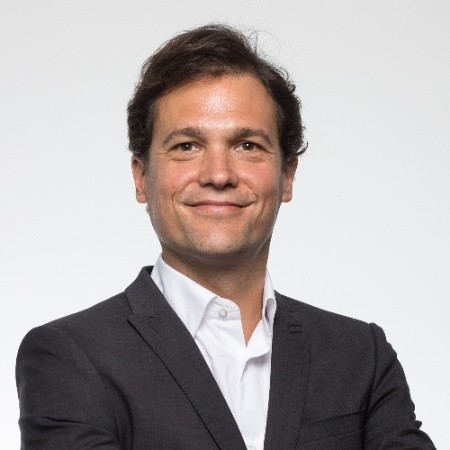
Winncare, a leading European manufacturer of beds, pressure care products, patient handling equipment, and hygiene solutions has acquired Herida Medical, strengthening its pressure area care portfolio and providing entry into the maintenance and decontamination market. The acquisition was completed on November 30th 2022.
Herida Medical, based in Leeds, has built a successful mattress range having launched the highly regarded Avon brand and developing two of the leading dynamic systems in the Argyll and Pure Air range of mattresses. Employing more than 70 staff, the business supplies healthcare organisations in the UK and export markets including Australia. The company has demonstrated a consistent and solid growth over the past years and is expected to exceed £14.5M in revenues this year.
Laurent Faugere, President of Winncare Group said: “The acquisition of Herida Medical continues to position Winncare as a leading provider of innovative healthcare solutions that improve outcomes for dependent people. Herida joins Winncare Group as our second UK acquisition, and we are excited about the opportunities for growth the combined expertise will deliver. Our focus is on supplying quality products that add value for our customers and clinicians, both in the UK and through our export markets. The additional manufacturing capabilities the acquisition brings strengthen and extend the services Winncare are able to offer in the UK and our combined portfolio means we can deliver an unrivalled solutions-based approach to pressure care management.”
Simon Claridge, current Winncare UK CEO, will head the combined UK business, supported by Herida’s managing director, Sean Spencer. Simon says, “Winncare has ambitious growth plans in the UK and globally. The acquisition delivers business synergies both commercially and within the supply chain, which will enhance the service we offer our customers. The Winncare team is excited to talk about the new product portfolio with our clients and introduce the decontamination service to new customers.”
Herida’s managing director Sean Spencer, who is continuing in his role, says: “The acquisition by Winncare marks the start of an exciting new era for our business. Over the last few years, we have spent time appointing the right people and the right teams in order to grow and with the strength of Winncare behind us, there is the opportunity to escalate this further. I predict a very bright future for us in the pressure area care sector.”
With this acquisition, the Group continues to reinforce its footprint in the UK and to complement its broad and competitive product portfolio. This M&A operation perfectly aligns with the strategy of the group initiated by Siparex (a leading French independent private equity investment company), who took a majority stake in the company back in 2021. It is also the first M&A operation since the new President, Laurent Faugère (former CEO of Urgo Medical), joined the group earlier this year. After the acquisition of PharmaOuest last year and now with the acquisition of Herida Medical, Winncare Group reinforces its leadership on the European market with 5 affiliates, 9 production sites and a broad network of specialist medical distributors to distribute its product in more than 75 countries.
Alexandre Tremblin and Guillaume Rebaudet, Partners at Siparex, said: With the acquisition of Herida Medical, Winncare has doubled its revenues since we joined back in 2021 to achieve €140M in revenues. We take advantage of this operation to reinvest in the company and further support the upcoming growth journey we anticipate, both organically and through other acquisitions to keep consolidating the market in the next months”.
For further information email Clare Birt, Marketing Director at clare.birt@winncare.uk or call 01544 262002.
The Inconvenience of Falls
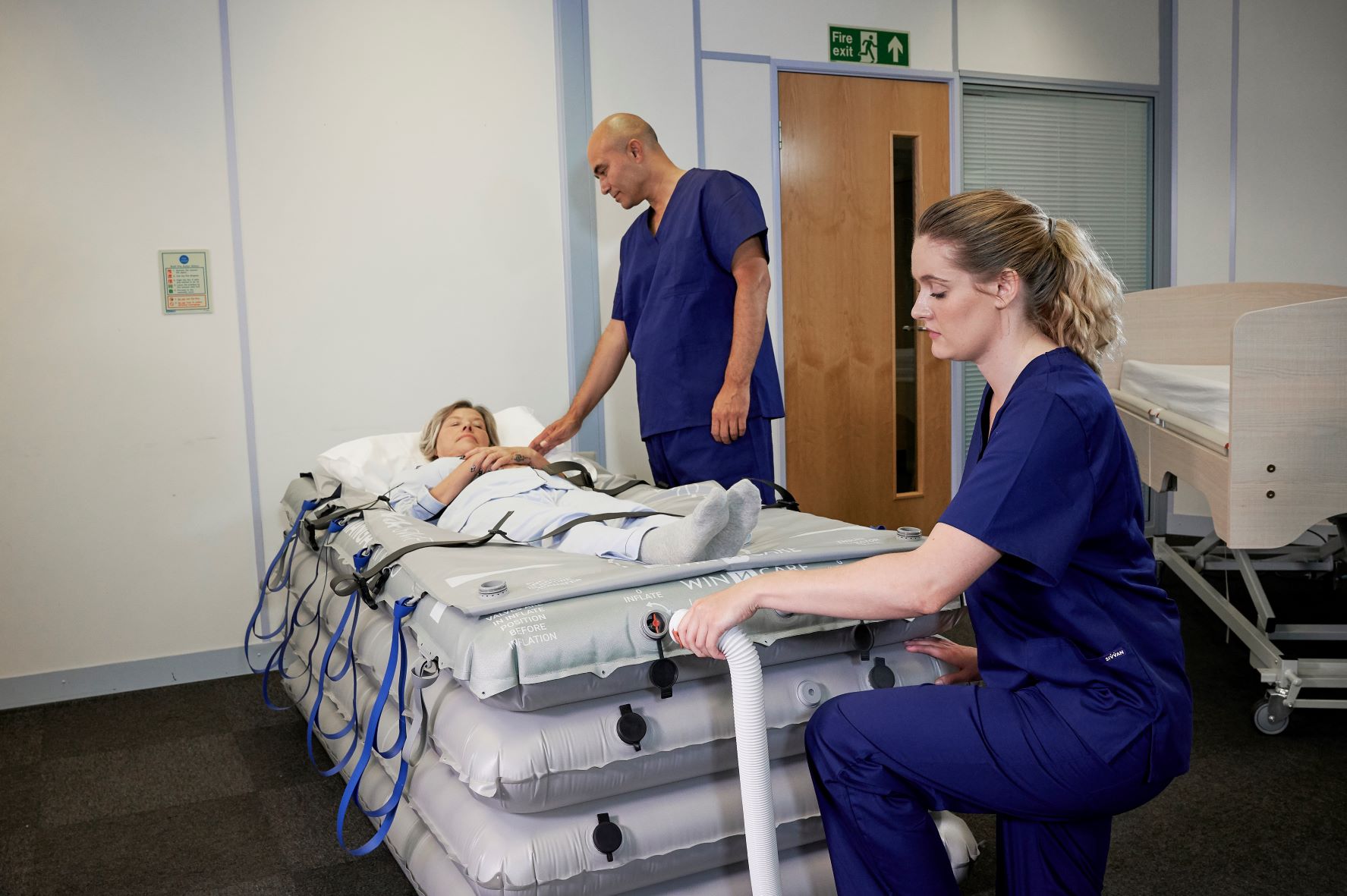
With nearly 250,000 falls reported from acute and community hospitals in England and Wales each year,[i] despite considerable and sustained prevention efforts throughout NHS Trusts, it seems the challenge of managing post fall outcomes will continue for some time to come.
The cost of treating fall injuries in hospitals in the UK is estimated at £630 million per year[ii]. Most falls do not result in injury, although patients can have psychological problems if the fall is not correctly and quickly managed.
Patients do not always realise their risk of falling whilst in hospital even though people over the age of 65 years and those 50 years or older with two or more co-morbidities are at high risk. A Cochrane review published in 2018 found little robust evidence in support of hospital falls mitigation interventions and concluded that ‘multifactorial interventions may reduce the rate of falls, although this is more likely in a rehabilitation or geriatric ward setting.’
Different intrinsic and extrinsic factors have been identified to be contributing to falls in hospital such as the patient’s clinical condition, medication, as well as extrinsic factors such as lack of proper maintenance and design of medical equipment, failures in communication, education, and team working.
The fact is that however good the intentions around fall prevention methods, people will still fall. According to a study supported by the Agency for Healthcare Research and Quality, many falls in hospital happen when the patient is alone or involved in elimination-related activities (for example, walking to or from the bathroom or bedside commode, reaching for toilet tissue, or exiting a soiled bed).
The regularity of falls in hospitals is mitigated by strict manual handling protocols to protect staff from musculoskeletal injury acquired through moving patients. All hospital staff are trained in techniques for moving and lifting patients and supplied with appropriate lifting equipment. New to the market is the Mangar Supine Lifting Devices Rhino and Swift, designed in collaboration with industry experts to lift people that fall. The product is the first to be launched with an entirely portable pump, which means, if patients don’t fall near a mains point, the product can still be used effectively.
Falls can happen in car parks, corridors and bathrooms as well as hospital wards. Equipment that is portable is essential to ensure patients are lifted quickly and safely.
For more information on the Rhino Lifting Cushion and Swift Transfer Slide visit our product page. Post Falls Management – Mangar UK (mangarhealth.com)
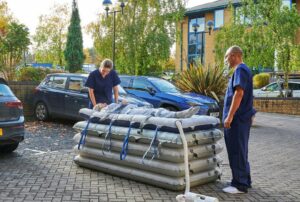
[i] NHS England and NHS Improvement, The incidence and costs of inpatient falls in hospitals. 2017
[ii] NHS England/Improvement, The incidence and costs of inpatient falls in hospitals. 2017
Mangar ELK rescues occupational therapist’s mother-in-law
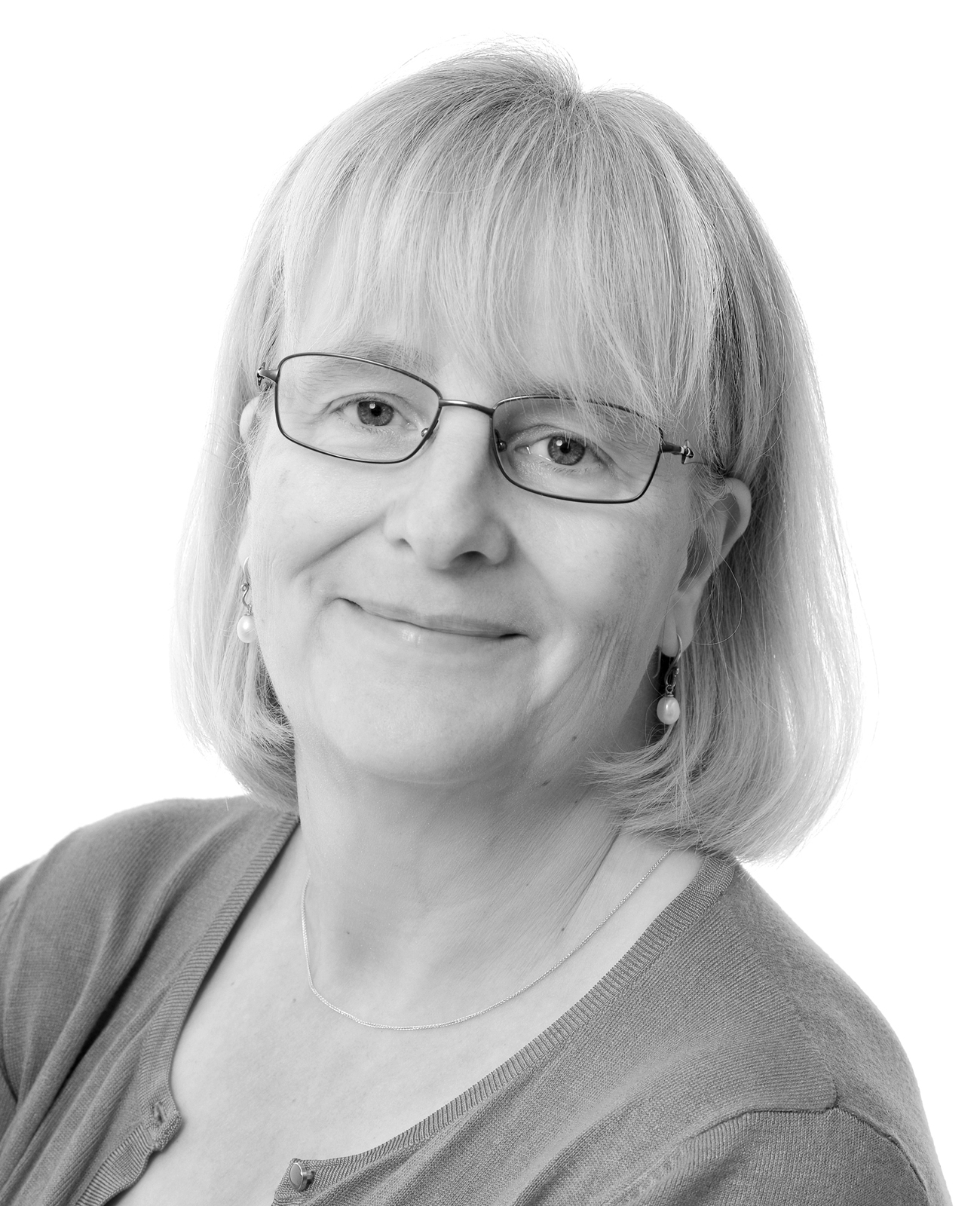
Kate Sheehan, director of the OT Service, has been an occupational therapist for more than 35 years, but when her elderly mother-in-law fell recently her initial reaction was one of a typical family member. She felt shocked and concerned that the way her mother-in-law had fallen would make it extremely difficult to lift her up safely.
Kate’s mother-in-law is living with dementia and had been very carefully carrying a cup of coffee from lounge to the garden. Unfortunately, she missed seeing a child’s toy in the doorway, tripped over it and fell in a slumped position against the doorframe. The reality is, it’s rare for someone to fall ‘neatly’ and in a position where it’s easy to use rigid lifting equipment.
The family called for an ambulance and after assessing Kate’s mother-in-law the crew announced; “the situation called for a Mangar ELK”.
Kate said, “My mother-in-law is more than 24 stone and had fallen in a tight space, in a slumped and seated position. I could see that moving her somewhere with more space around her was going to be impossible.
“However, the ambulance crew were very quickly able to position the Mangar ELK lifting cushion under her and gradually inflated it at a speed that suited my mother-in-law. As they inflated each section of the ELK, they gave her an opportunity to rest, which decreased her anxiety levels.
“They then simply transferred her onto their trolley, where they could do further observations. To do this, they needed to quickly kick the Mangar ELK out of the way. Because the Mangar ELK is light weight but tough, this was easily done and they could concentrate on their patient, which is always the top priority”.
The Mangar ELK lifting cushion is on every UK ambulance because of its versality, portability and ability to protect both paramedics and patients during a lift. In this situation, the product was deflated and packed away in less than 45 seconds, meaning the ambulance could quickly transfer their patient on to hospital.
Kate Sheehan commented on the incident; ‘The situation made me reflect on my own equipment provision and that we need to look at all the features and benefits and make sure that they are fit foe purpose, in this situation the only piece of equipment that would have worked was the Mangar ELK’.
Kate’s mother in law returned home the next day and is making a good recovery. She was fortunate that the ambulance was dispatched quickly to support her and even though she had fallen in an awkward position, using the Mangar ELK lifting cushion meant the ambulance crew needed to do minimal moving and handling to transfer her safely.
Post fall management initiative reduces avoidable hospital admissions by 75%
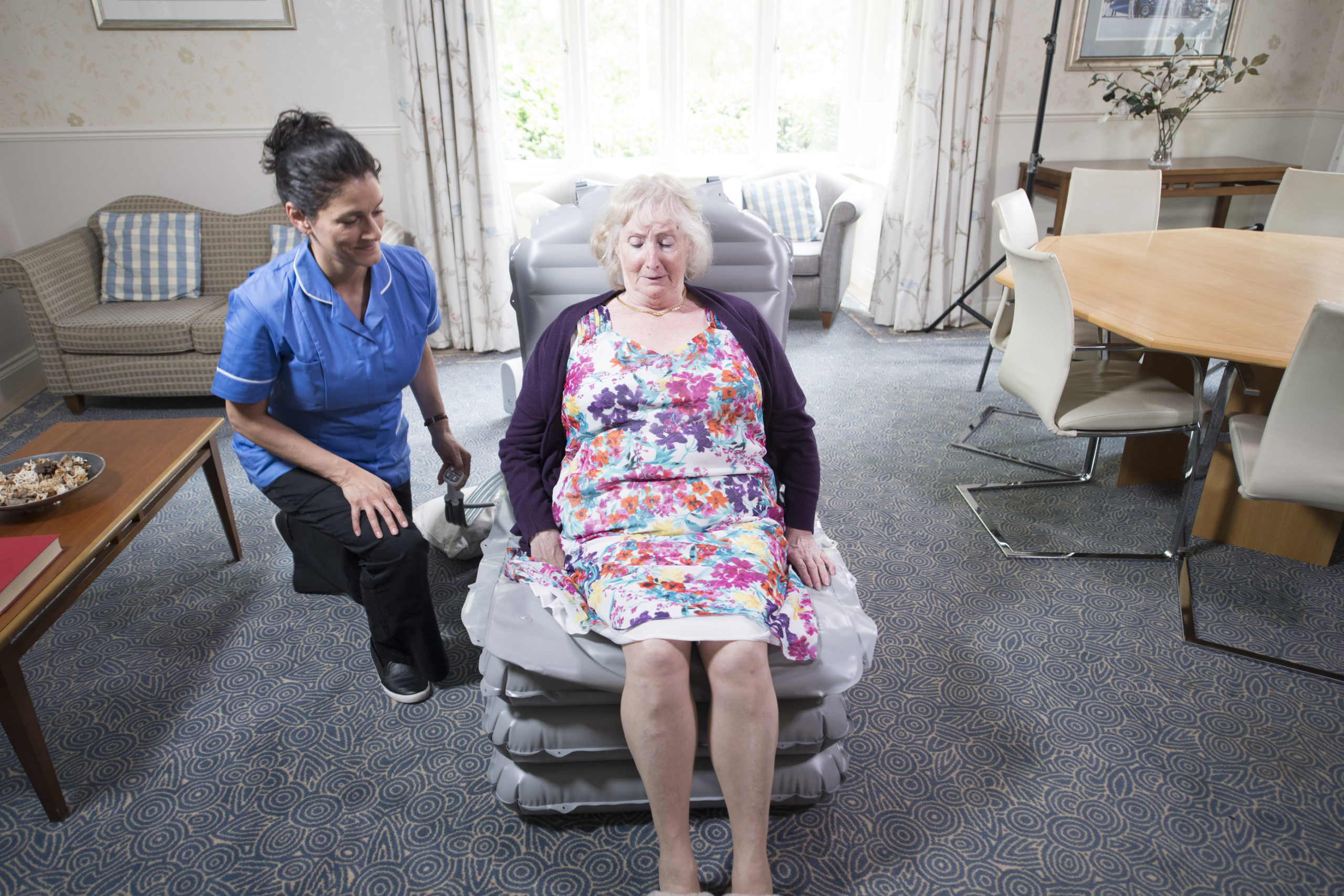
A recent pilot by Norfolk County Council has seen avoidable ambulance call outs to resident falls within care homes in the region reduce by 75% with the introduction of an initiative that combines a health assessment app called ISTUMBLE™ and a Mangar lifting cushion.
Lifting a resident within one hour of a fall is vital to avoid the damaging consequences resulting from lying on the floor for more than an hour while waiting for help (known as a long lie). Traditionally, care homes call the ambulance service for support when lifting fallen residents but over 50% are uninjured and do not need medical help or transferring to hospital. The ISTUMBLE™ App is used to help carers make good decisions on when to lift and when to call an ambulance.
The care homes in the Norfolk pilot combined the ISTUMBLE™ training with the use of the specialist lifting cushion to safely move residents quickly and comfortably. Winncare, who manufacture the lifting cushions and own the ISTUMBLE™ App, have been supplying lifting cushions to the Ambulance Service since 2006.
Cllr Bill Borrett, Norfolk County Council’s Cabinet Member for Adult Social Care, said: “Helping people recover their health and their confidence after a fall is really important, and I’m delighted this project has achieved such excellent results. More than that, it’s an example of just how closely linked the care sector and the NHS is, and shows that simple acts of working together, such as via the ISTUMBLE App, can bring real and tangible benefits to the NHS, to care homes and, most importantly, to the residents themselves.”
Winncare CEO Simon Claridge says, “we’ve been working with Councils and CCGs for a number of years now and the evidence is building around the benefits of post fall management processes that reduce the length of time a resident is left on the floor after a fall.
“It became clear that by empowering care homes to perform robust health assessments on their residents and lift them safely benefits the resident, the care home and the ambulance service.
“Through initiatives like the Norfolk one, we have supported over 1,500 care homes across the UK to benefit from the project. More than 22,000 healthcare workers now use the ISTUMBLE™ health assessment app to support safe patient lifting in their workplace, so reducing ambulance calls outs and avoidable hospital admissions and saving the NHS millions annually.”
Care home residents are at a higher risk of falling than the general population and each event can cost the NHS up to £1,382[i] if not managed efficiently. It is estimated that there are between 600 and 3,600 falls per 1,000 beds per year[ii] resulting in significant demands on the ambulance service, particularly during times of winter pressures.
Dr Sue West-Jones, an consultant in emergency medicine, says “The reason I became involved with the ISTUMBLE™ project is that it is so profoundly positive for residents of care homes and those who care for them. In 20 years of emergency medicine, I have never seen an exacerbation of damage to a broken femur of an elderly patient who has been carefully lifted with an appropriate lifting device.”
For more information of the ISTUMBLE™ initiative, visit www.mangarhealth.com or email Daniel.colclough@winncare.uk
[i] Responding to falls in care homes, Dr Mark Hawker and River Rea, 2021
[ii] Rubenstein et al, 1996
Well-being Snapshot: Sam Shaw, Junior Design Engineer
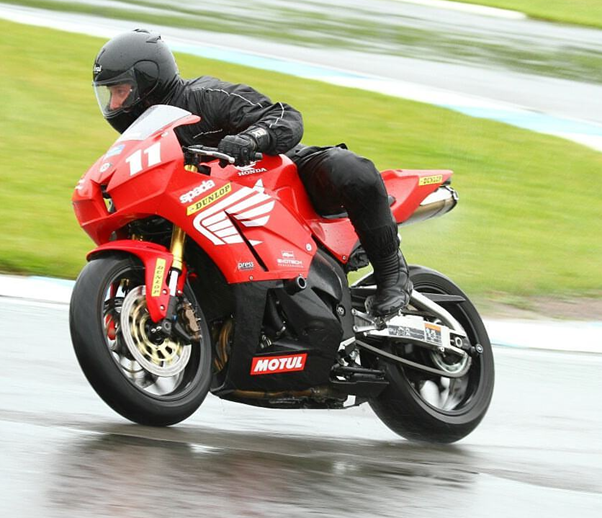

My Winncare Story: Tracey Duggan, Quality Control Supervisor
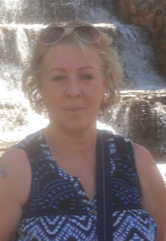
Three years ago Mangar Health was acquired by Winncare. The organisation has plenty to celebrate at the moment, not only is it marking its 40th anniversary but it has many loyal employees who have also stood the test of time.
Over the next few months, we will be sitting down with members of staff who have clocked up the years to discover how much Mangar Health has changed over the past four decades.
First off is Mangar’s longest-serving member of staff, Tracey Duggan, the Quality Control Supervisor who is based at the facility in Presteigne.
David Garman OBE and his wife, Fran, founded Mangar Health in 1981 and it wasn’t long before Tracey began working with them when she was just 16 years old and fresh out of school.
Tracey said: “You could do work experience for six months and I chose to do it at Mangar. My sister had already worked here for 12 months, so I asked her to speak to Fran to see if there was an opportunity to do work experience for three days a week with them.
“My first job here was counting out a box of 100 – 150 suckers for the original bath lift. We bought them in from a supplier and they used to have me count out each box to ensure there was the correct amount in each one.”
The original Bath Lift was the first product created and sold by Mangar Health. Its creation was brought about when David was trying to solve the problem of helping a relative get in and out of the bath. He visualised an aid which would result in a safe and dignified bathing experience for his family member. It was his skill and determination that resulted in the world’s first powered structured bath lift.
Tracey added: “After my work experience came to an end, Fran had already explained I had a job here waiting for me when I finished school. So, on the last day, I ran round to get all my teachers to sign to say I’d handed in all my books. I had a week off and then came to work at Mangar full time. I’ve been here ever since!”
Tracey began her working life on Mangar’s production floor.
“It was Fran who trained me up to do the gluing on the original bath lift. We would glue, assemble, and test each one. We used to do 20 a day each and then you’d have to leave them so long to cure and dry. After they’d dried, we would begin to assemble them, put the bellows inside and make the hose and the hand control. We would then get a compressor and inflate them.
“Then the embarrassing part! We would test the bath lifts by jumping and bouncing on them. People would walk past and laugh at us, wondering what on earth we were doing! The final stage was then called ‘clean for despatch’, we would trim the edge off the material and scrape off all the glue and the primer. It would then be wrapped up and sent out to the customer.”
After a couple of years, Tracey then moved onto making the compressors , called the Nito and Compare.
“At the time, our core products were the Nitto and Compair Compressors, the BathLift and the Booster. We then sold the Freestyle, the Porter and the Genie. Moving onto the lifting cushion, called the Leg Support.”
Mangar Health is now a medical device company with a global reach and 60 members of staff. Tracey began working at Mangar Health when there were fewer than 10 people and a couple of colleagues’ dogs.
Mangar Health manufactures its products from its Presteigne facility in mid Wales. The site has three separate working areas. Unit 11 is home to production and the repair centre. The warehouse, assembly area, quality team and dispatch are in Units 2 – 5, with R&D, customer services, purchasing and IT being found in the administration block.
Tracey can remember when Mangar looked a little different to how it is today.
“Unit One used to be Presteigne Carriage Company. There was no Unit 5 that was just a compound and tarmac between the next two buildings. Unit 3 was an organ company which made great big organ pipes and Unit 4 was Fir Tree Videos.
“Mangar Health only had Unit 2 and the administration block didn’t even exist! It really has changed loads,” she added.
After starting out in production, Tracey then became Quality Control Supervisor, which is a role she has enjoyed for 24 years.
“After my sister did not come back from having her children and the lady who used to be in charge of the production floor, Pam, left too, I was put in charge to plan and write the weekly rota and delegate jobs. I was the cell leader,” Tracey said.
“After a few years Jane Owens, along with various other people, started. Jane was Quality Assurance Manager, and I was Supervisory Cell Leader. Fran decided she wanted Jane to concentrate on getting the ISO9001 and that we were going for that award. As I’d been with the company a while and had a lot of experience with the products, Fran asked me whether I would want to work with her to help achieve this. I then moved from production to purely inspect and investigate any failures.
“I have worked in the quality team ever since. Jane and I have worked together for more than 20 years. I think I spend more time with Jane than I do with my husband!”
Why do you think you have stayed at Mangar Health for so long?
“When I think of the reason why, there are so many people who have worked at Mangar for such a long time, I believe and feel it’s because there has always been a good level of mutual respect. You’re not just a number or another employee, they actually care about you.
“It is the family vibe and there is an appreciation as an employee for what you did and do for the company.”
Which of the Mangar products would you say is your favourite?
“It would have to be all the different compressors that are my favourite products because that’s how I started really. Wiring up all the compressors and junction boxes and testing them.”


